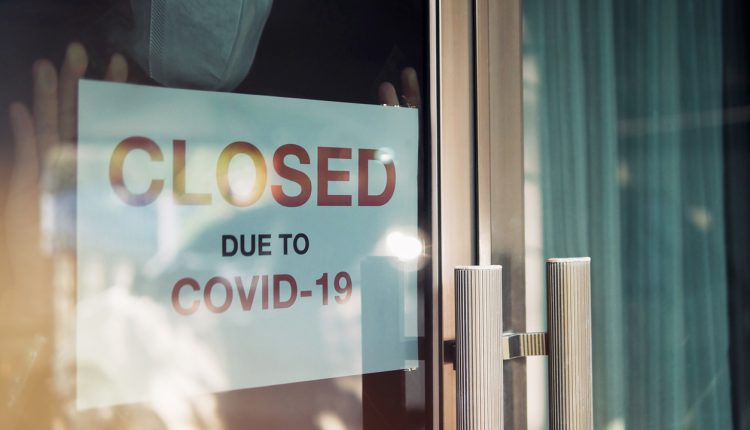What Does the Moratorium on Winding Up Petitions Mean for Insolvencies in 2021?
Amidst the continuing coronavirus pandemic, and the devastating impact this has had on businesses across the country, you may be forgiven for thinking company insolvency levels would have experienced a sharp uptick over the past year.
In actual fact, however, the rate of companies entering formal insolvency processes since the outbreak of the COVID-19 pandemic is significantly lower when compared to the same period last year. So, what is the story behind these figures?
Government support for businesses
One major factor is the level of government support given to companies during this time. A range of fiscal stimulus packages have been offered to UK companies, ranging from government-backed loans, tax deferral schemes, through to the extremely popular Coronavirus Job Retention Scheme – more commonly known as the furlough scheme. These initiatives have given companies access to vital new funds while also lessening financial overheads as trade continues to be interrupted.
The other contributing factor to the low level of insolvencies is a moratorium on Winding Up Petitions, which was brought in as an emergency measure as part of the Corporate Insolvency and Governance Act.
If a company continues to refuse – or is simply unable – to pay the money owed, the creditor company can petition the courts to wind up the indebted company in the belief that they are insolvent.
Understanding the moratorium on Winding Up Petitions
This prevented creditors not only from petitioning the courts to wind up an indebted company, but it also halted existing winding up action against a company based on statutory demands which were served after 1 March 2020.
As a consequence, this has meant many companies which would have otherwise found themselves facing compulsory liquidation have been given a reprieve.
However, this stay of execution is merely temporary. While the expiration date of this emergency legislation was extended from its original 31 December 2020 end date, the moratorium on WUPs being heard at court is now scheduled to expire on 31 March 2021.
What is a Winding Up Petition and what does this mean for a company that receives one?
A Winding Up Petition (WUP) represents one of the final actions a creditor can take against a debtor company, typically once all other collection methods have been exhausted. If a company continues to refuse – or is simply unable – to pay the money owed, the creditor company can petition the courts to wind up the indebted company in the belief that they are insolvent.
If the debtor company is not able to successfully defend the WUP – either by paying the amount owed, entering into a mutually-agreeable repayment plan, or challenging the legitimacy of the debt – the WUP will be followed by a Winding Up Order which will quickly lead to the company being forced into compulsory liquidation.
An Official Receiver will be appointed by the courts, who will begin the process of winding up the company, tying up its outstanding affairs, dismissing staff, before ensuring its name is removed from the register held at Companies House. At this point, the company will be closed and it will cease to exist as a legal entity.
What happens after the moratorium on WUPs end?
Following the expiration of the temporary moratorium on Winding Up Petitions on 31st March 2021, creditors will once again be able to present WUPs to indebted companies, and the courts will begin to work their way through the backlog of cases.
It is expected that the number of companies entering liquidation will increase as court-ordered closures recommence. There is expected to be a level of pent-up demand from creditors who have been unable to take action against delinquent payers for the last 12 months, keen to recover the money they are owed.
While current insolvency levels remain low, many fear this could be the calm before the storm.
Keith Tully is a partner at Real Business Rescue with more than 25 years’ experience in advising directors and shareholders on all aspects of business insolvency, rescue, recovery, and turnaround.




